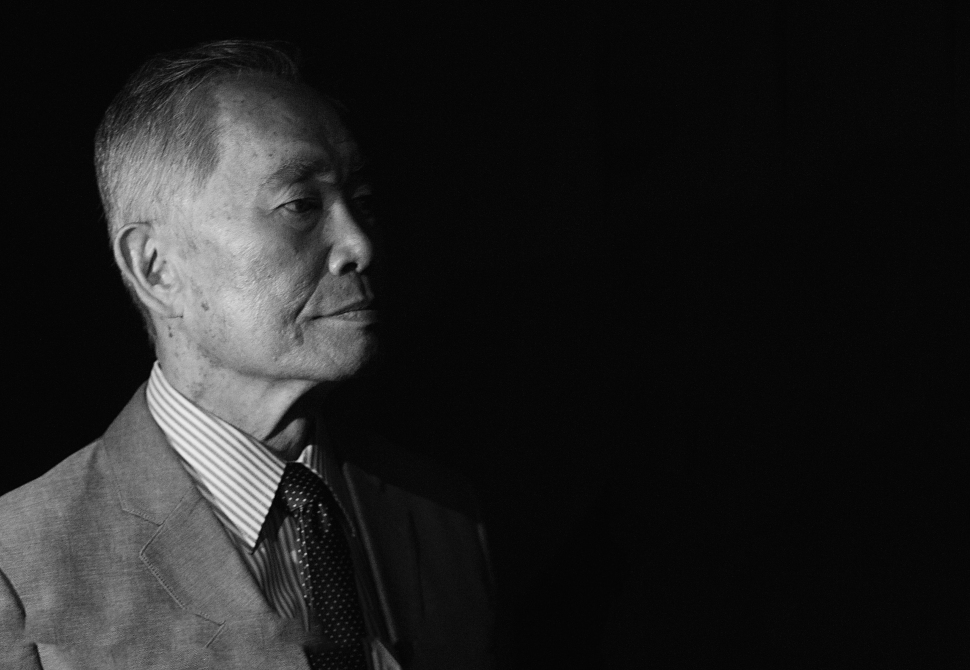
Manhattan is a place of contrasts, where glossy storefronts sit beside shadowed corners, and rumors travel fast. One phrase you’ll hear in certain neighborhoods and online circles is rub and tug nyc manhattan, spoken with a wink or a frown. This article walks through what that term means, what the law says, and how to navigate the city’s legitimate spa scene with safety and respect.
What the term means in the city context
In everyday talk, rub and tug nyc manhattan is a shorthand that surfaces in certain chats about services marketed as massages but rumored to cross a line into sexual touching for money. The phrase isn’t an official category; it’s a folk label that signals what some patrons are seeking—and what many providers avoid offering in legitimate settings.
City life thrives on rumors, but the reality is more nuanced. Spas, wellness centers, and legitimate massage practices operate under professional standards and health codes. When a business markets itself as more than a massage, it risks crossing legal boundaries and eroding trust with clients who simply want relief, not risk or secrecy.
The legal landscape in New York City
New York treats prostitution as a crime. Offering, soliciting, or engaging in sexual acts for money can lead to criminal penalties, civil consequences, or both. Law enforcement has targeted venues suspected of marketing themselves with sexual services, and many neighborhoods have seen sting operations, especially around areas with high foot traffic.
Massage therapy, on the other hand, is a licensed profession in New York. Clients should expect to see licensed practitioners and proper credentials. The state maintains a system to verify licenses and conduct disciplinary actions when safety or professional standards are violated. If something feels off, it’s a signal to step back and verify credentials or walk away.
How to tell the difference between legitimate spas and red flags
There are clear signs that a spa is operating within legitimate boundaries. Taken together, they form a pattern rather than a single detail. A clean, professional space, clearly posted hours, and staff who introduce themselves with credentials set a tone of accountability.
Red flags don’t necessarily mean illegality, but they should trigger caution. If a place pressures you for tips or suggests you’re eligible for extras after the first touch, that’s a warning sign. If staff avoid giving names, licenses, or a transparent price list, or if you’re asked to pay in cash only or in discreet locations, consider leaving and reporting concerns.
| Red flags | What legitimate practice looks like |
|---|---|
| Pressure for extras | Clear boundaries and a professional menu of services |
| Requests for cash-only payments with no receipts | Itemized pricing and receipts |
| Outcalls to hotel rooms or private residences | Visible licensing, storefront or clearly posted hours |
| Unresponsive or vague credentials | Licensed therapists with verifiable credentials |
In New York, you can verify licensing online through the state’s education department and the professional’s board. If in doubt, ask for the business’s licensing details and a printed list of services and prices before agreeing to any treatment. A legitimate facility will welcome that scrutiny as part of good practice.
Safety and consent considerations
Consent is the backbone of any massage experience, and its boundaries matter as much as the technique. Clients should feel comfortable asking questions about what’s included in a session and what isn’t. If a provider coaches you toward anything outside the agreed scope, it’s a sign to pause or leave.
Personal safety also means choosing spaces with clear policies on hygiene, privacy, and professional conduct. If a therapist refuses to cover you with draping, uses coercive language, or insists on private experiences, those are serious red flags. Trust your instincts and take a step back when something feels off.
Alternatives in Manhattan for legitimate relaxation and self-care
Manhattan is packed with options for stress relief that stay firmly on the right side of the law. From standard Swedish and deep-tissue massages in licensed clinics to spa rituals that blend aromatherapy and hot-stone treatments, there’s a spectrum of experiences that emphasize health and wellbeing.
For mindful pampering, consider checking out well-reviewed, licensed massage therapists who publish their credentials and hours. Many studios offer package deals, memberships, and transparent pricing. If you’re new to a spa routine, a 60-minute introductory massage can be a good start to understand your preferences—pressure, pace, and the areas you want therapists to focus on.
Cultural stigma and urban myths
Urban legends travel fast in a city as big as New York, fueled by anecdotes and online chatter. The phrase rub and tug nyc manhattan is part rumor, part market reality, and part misunderstanding of what professional touch therapy can be. A grounded approach is to separate fiction from practice: value certified professionals, respect consent, and avoid places that tie services to secrecy.
From a writer’s perspective, the topic raises questions about how we talk about sexuality, commerce, and safety in urban life. Sharing accurate information, advocating for consumer protection, and supporting legitimate businesses helps disentangle myth from reality while keeping people safe and informed.
If you’re visiting Manhattan or living there, the safest path is straightforward: seek licensed, transparent services, ask questions, and trust your senses. A legitimate spa or massage practice offers relief, not risk, and your experience should leave you feeling restored rather than unsettled. The city isn’t short on good choices, and choosing wisely is as much about your wellbeing as it is about supporting reputable practitioners.